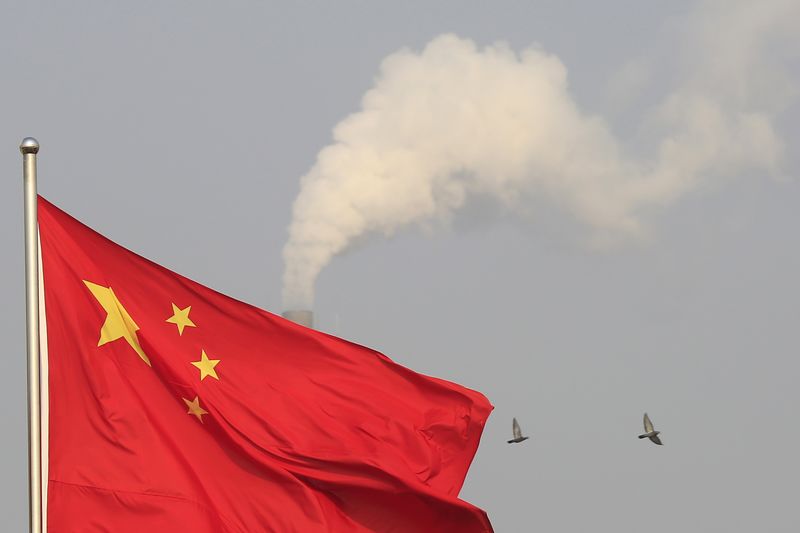BEIJING, Jan 20 (Reuters) - China has appointed a new naval chief, state media said on Friday, citing as confirmation his comments at an official function, which were attributed using the new designation.
The change comes at a time when China's rapid military development has alarmed its neighbours, particularly through the expansion of its naval fleet to back its growing assertiveness over territorial claims in the South China Sea.
The new PLA Navy commander is Lieutenant Admiral Shen Jinlong, who had led China's South Sea fleet, said the China Daily, the official English-language newspaper.
"Although the Navy did not disclose when the transition took place, observers believe it was this week," it added.
There was no formal announcement of the change, but a statement on the Ministry of Defense website used the new title for Shen.
In 2014, Shen led several Chinese warships at the Rim of the Pacific (RIMPAC) international maritime exercises around the Hawaiian islands, the first time China had participated in large-scale U.S.-led naval drills.
Later, he made an official military visit to San Diego.
Shen, 60, replaced outgoing naval commander Wu Shengli, 71, who was described by another state-run paper, the Global Times, as having stepped down after reaching retirement age.
Wu still retains his position on the powerful Central Military Commission, the China Daily said, but added that his new duties were unclear.
In its fleet-building efforts, state media have said, the PLA Navy commissioned 18 ships in 2016, including missile destroyers, corvettes and guided missile frigates, and has said it is building a second aircraft carrier. naval officials say Chinese ships now increasingly track and shadow U.S. and Japanese warships in the contested South China and East China seas, even during routine deployments.
China says it has no hostile intent and wants to manage the disputes through two-way talks with the other claimants. But Beijing has been involved in a diplomatic spat with Washington over ship and aircraft patrols in the region.
China claims almost of the energy-rich South China Sea, through which about $5 trillion in ship-borne trade passes every year, and has been building up military facilities, such as runways, on the islands it controls.
Brunei, Malaysia, the Philippines, Taiwan and Vietnam also have claims.
